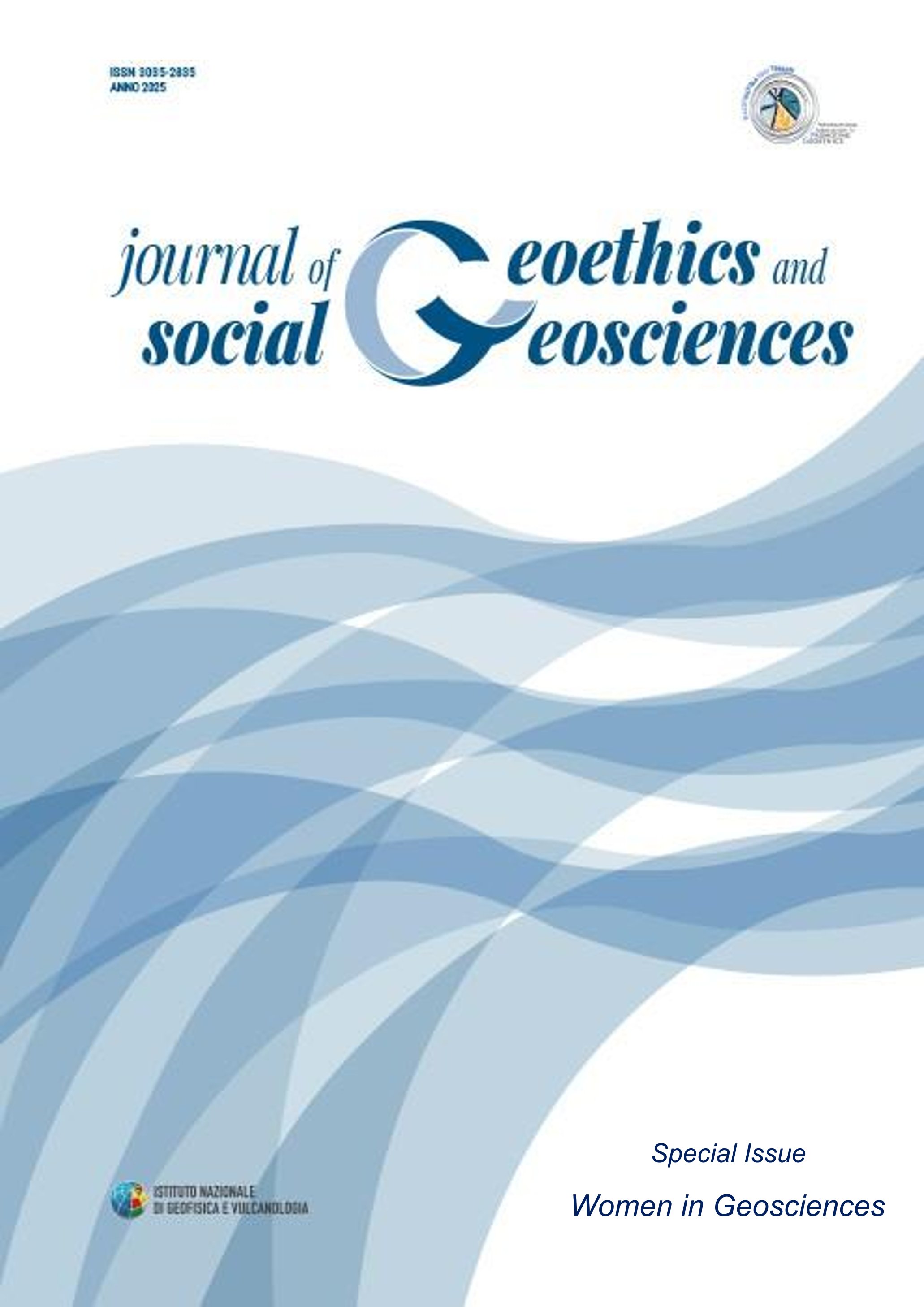Women in Quaternary sciences in Italy
Main Article Content
Abstract
The Quaternary period, covering the most recent 2.6 million years of Earth’s history, provides crucial insights into climatic variability, landscape evolution, and the development of human societies. In Italy, with its diverse geological and archaeological heritage, Quaternary research has long thrived at the intersection of geology, paleontology, archaeology, and environmental sciences. Traditionally male-oriented, Quaternary research in Italy has undergone a significant transformation in recent decades, with women researchers playing an increasingly prominent and influential role.
This article examines the evolving role of women within the Italian Association for Quaternary Research (AIQUA), exploring their contributions to scientific advancement and leadership. Drawing on historical data and a dedicated survey among AIQUA members, it analyzes gender dynamics, professional trajectories, and institutional representation. The results reveal both progress and persistent disparities, particularly in positions of visibility and authority, highlighting the ongoing need for structural reform and cultural change. The profiles of pioneering scientists such as Maria Bianca Cita and Maria Follieri illustrate the foundational role of women in shaping the discipline and serve as enduring sources of inspiration. Ultimately, the article advocates for sustained efforts in mentorship, inclusive governance, and increased visibility to promote a more equitable future for Quaternary research in Italy.
Article Details
Section

This work is licensed under a Creative Commons Attribution 4.0 International License.

